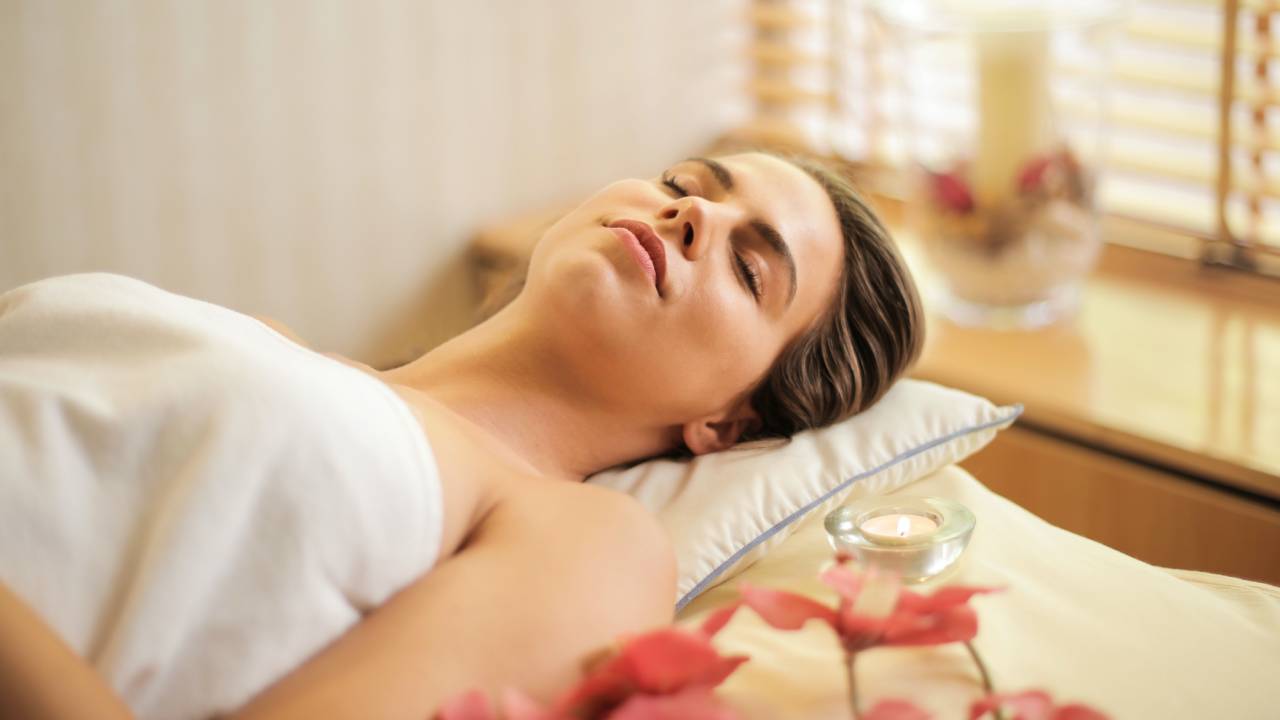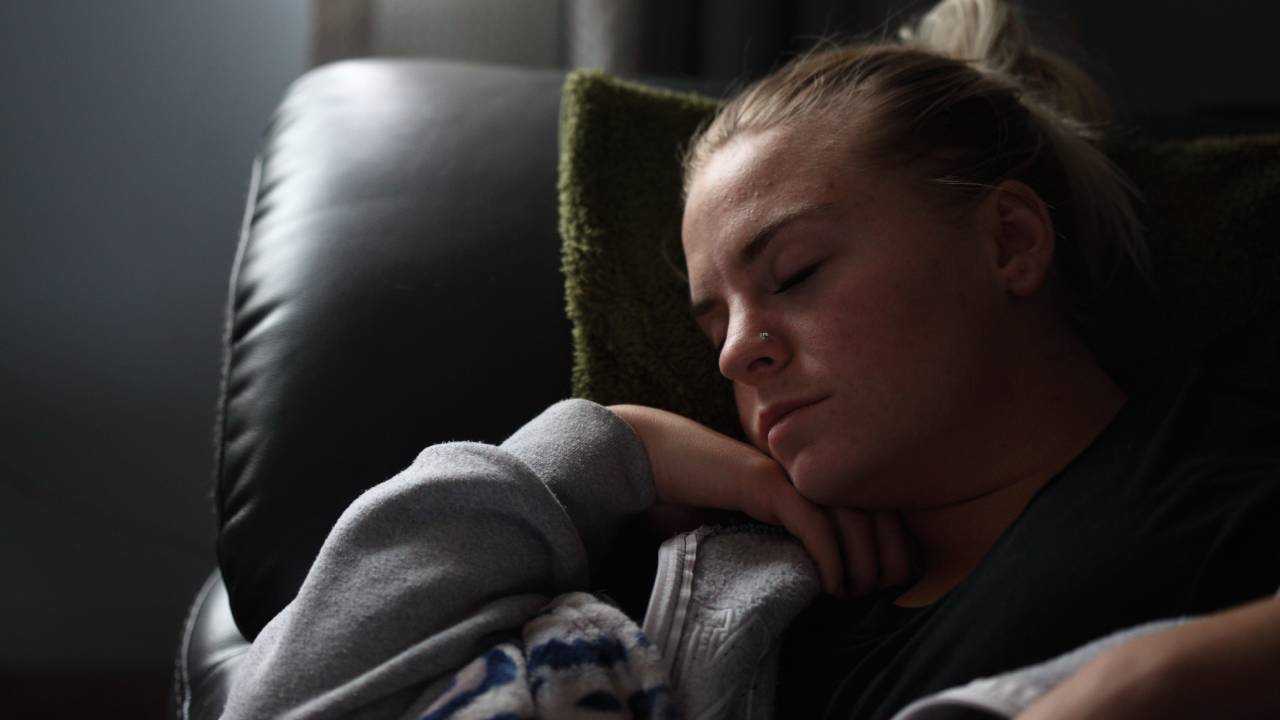I tried the PMR sleep trick and now I’m falling asleep in seconds
How to fall asleep in seconds with the PMR sleep technique


It can be tricky to fall asleep at night, whether you suffer from insomnia or the weather is keeping you awake. From 4-7-8 breathing to the military method, I’ve tried many sleep tricks to see how quickly I can get to sleep, and now I’m falling asleep in seconds with the PMR sleep trick.
Progressive Muscle Relaxation or PMR is a relaxation technique that releases tension, stress and anxiety, and can help you fall asleep quicker. As a deep sleeper, I don’t have too many problems with sleeping, but getting to sleep can be hard and I often find I’m still awake up to an hour after I’ve turned off the lights.
While searching how to fall asleep quickly, I came across PMR many times. To understand how it works, I asked Dr Robin Clark, Medical Director at Bupa UK Insurance and Global about PMR before trying it myself. And here’s what I found…
What is Progressive Muscle Relaxation (PMR)?
Progressive Muscle Relaxation or PMR is a relaxation and sleep technique that relaxes the muscles and releases tension throughout the body. When talking to Dr Clark, he said “PMR works through a sequence of tensing and relaxing your muscles, helping you to become more aware of what the two sensations feel like to help make it easier to let go of any tension that your body is holding.”
According to Healthline, if you practice PMR regularly, you can find yourself falling asleep in 60 seconds - 2 minutes. PMR is also a recommended trick to help with insomnia, as the sequence movements promote peace and tranquility throughout the body.
This is something that Dr Clark says is very important as “we can hold a lot of tension in our body without realising it, especially if we’re feeling stressed. Stress and anxiety can have a big influence on our sleep, so knowing how to relax your mind and turn off your body’s response to stress can benefit your ability to fall asleep, stay asleep and wake up feeling refreshed.”

How to do the PMR sleep sequence
If you’re finding it hard to fall asleep, follow the PMR sequence below to relax your muscles and unwind from a tough day.
Get all the latest news, reviews, deals and buying guides on gorgeous tech, home and active products from the T3 experts
- To begin the PMR sleep technique, lie down in bed, preferably on your back or however you feel comfortable. If you just want to relax with this technique and not fall asleep, you can lie or sit on your sofa.
- Starting with your toes, tense and tighten the muscles in your feet for 5 seconds before releasing for 5-10 seconds. Make sure you’re not straining your muscles, and if you feel any pain or discomfort, tense less or stop altogether.
- Continue up your body and focus on each muscle group before you move to your next section. Going up from your toes, focus on tensing the leg, bum, stomach, chest and arm muscles.
- When you get to your head, smile widely to create tension in your cheeks, hold for 5 seconds and release. Do the same with your eyes by squinting and finish by raising your eyebrows as high as possible.
Once you’ve worked through these muscles, you should feel incredibly relaxed and your body should feel almost cloud-like. As you relax and fall asleep, you might not make it through the whole body or sequence, but that’s totally fine.
My first time trying the PMR sleep technique, I made it through my entire body and then took a couple of minutes to notice how relaxed I was before drifting off to sleep. Dr Clark says noticing how in tune you are with your body can really make a difference with this technique. As I started to practice the PMR technique more regularly, I noticed that I fell asleep a lot quicker and didn’t always make it through the whole sequence because I was already nodding off. If I’m ever having trouble falling asleep, PMR has become a go-to for me to relax.
If you're starting to wake up with aches and pains, or you don't feel very supported throughout the night, it could be time to get a new mattress. For buying advice, check out our guide to the best mattress.

Beth is Home Editor for T3, looking after style, living and wellness. From the comfiest mattresses to strange things you can cook in an air fryer, Beth covers sleep, smart home, coffee machines, watches, grooming tools, fragrances, gardening and more.
In her spare time, Beth enjoys running, reading, baking and attempting craft projects that will probably end in disaster!